Petrified Forest, Painted Desert
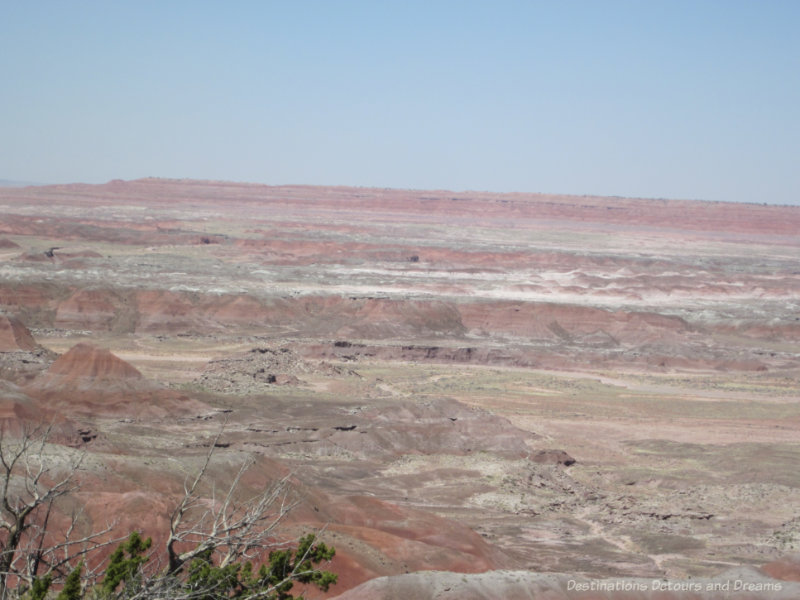
Petrified Forest National Park in Arizona’s Painted Desert
(Revised December 2020)
Petrified Forest National Park is located in Arizona within the Painted Desert. The park is around 200,000 acres but the greater Painted Desert encompasses about 1500 square miles. Despite the name, it isn’t truly desert. The main environment is short-grass prairie or intermountain-basin, semi-arid grassland.
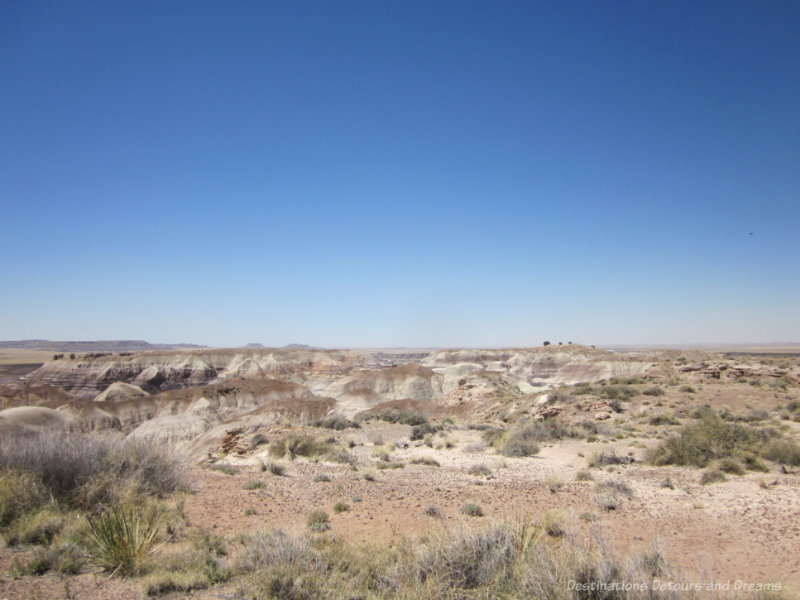
The landscape, which I felt often had an eerie, other-worldly feel to it, includes semi-desert shrub and eroded badlands. The term “badlands” is used to describe a spectacular, highly eroded landscape. Summer thunderstorms and winter snow melts have carved the soft shale and sandstone into a maze of ridges, hillsides, and gullies.
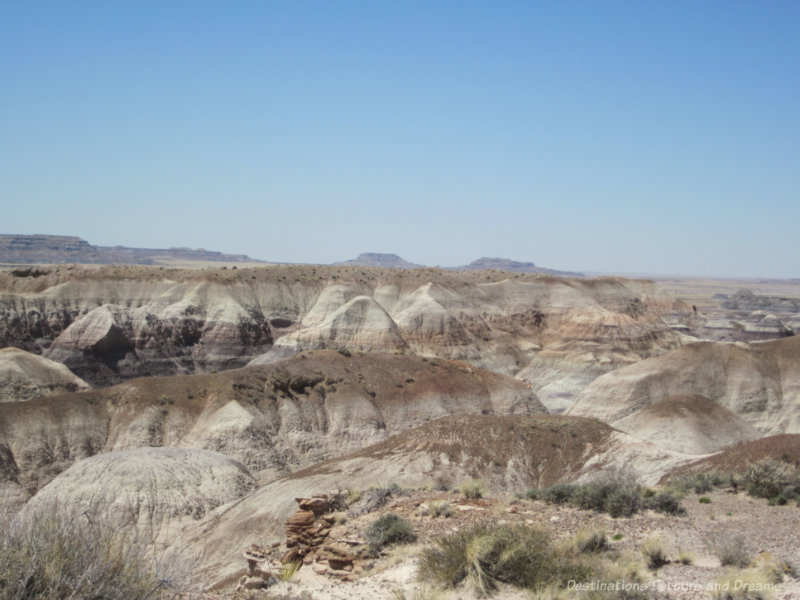
Petrified Forest
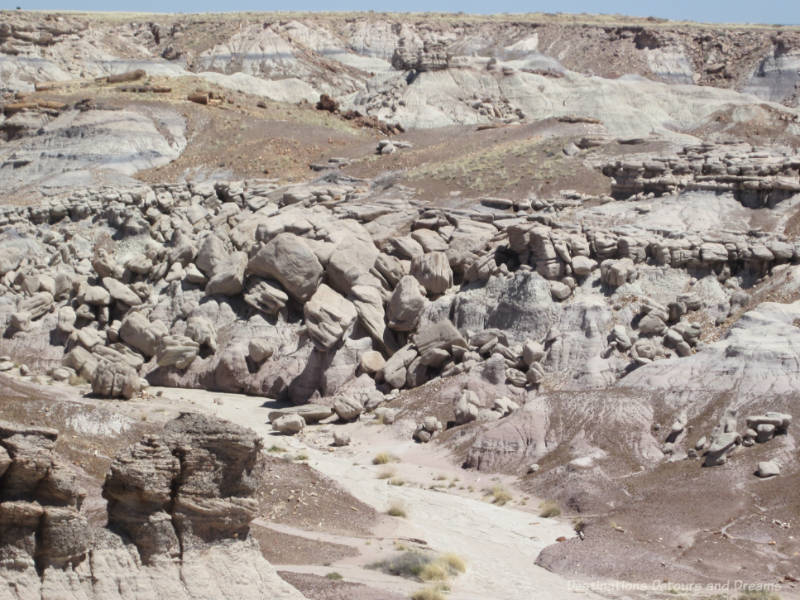
The park is home to one of the largest petrified wood deposits in the world. Over 200 million years ago, logs washed into an ancient river system and were buried by massive amounts of sediment and debris. Oxygen was cut off and decay slowed to a process that would take centuries.
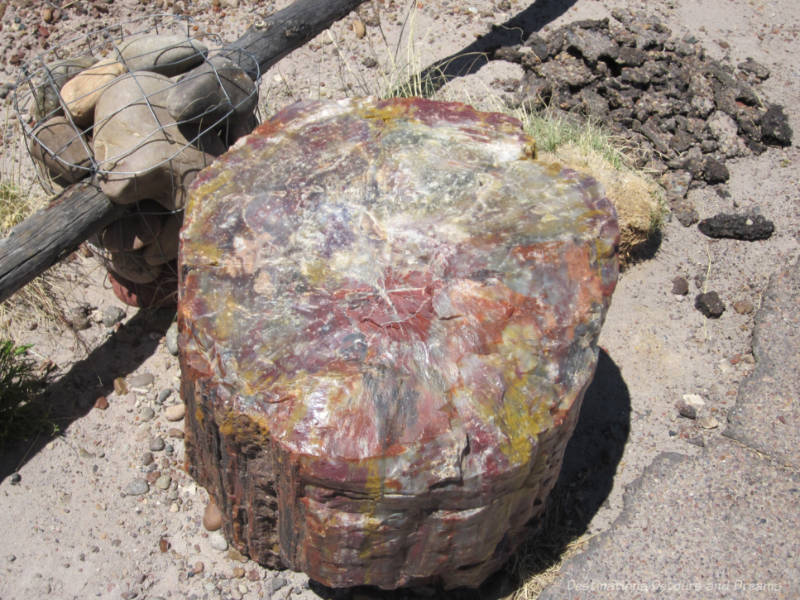
Minerals, including silica dissolved from volcanic ash, absorbed into the porous wood over hundreds and thousands of years, crystallized, and replaced the organic material. Sometimes this process left cracks in the log where large crystals of clear quartz, purple amethyst, yellow citrine, and smoky quartz formed.
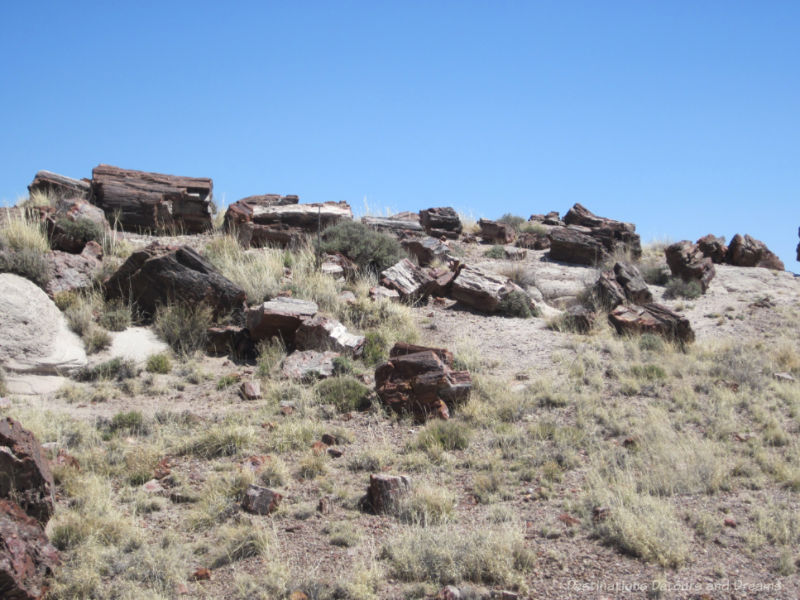
It appears that some of the petrified wood logs have been cut with a chainsaw, but that is not the case. The quartz within petrified wood is hard and brittle. It fractures easily under stress. During the gradual uplifting of the Colorado Plateau, starting about 60 million years ago, stress caused the still buried petrified trees to break. The crystal nature of the quartz created clean fractures.
Painted Desert
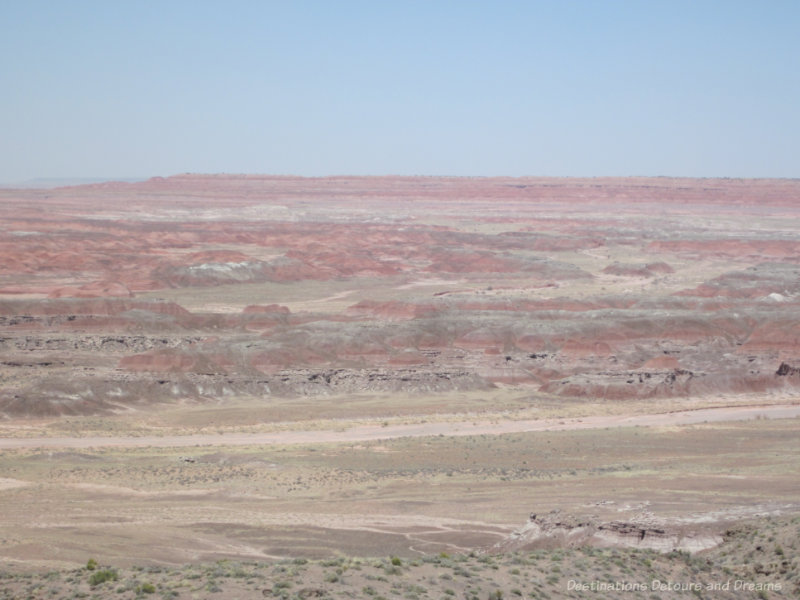
The rainbow colours of the Painted Desert look like a painting, almost as if someone had brushed swashes of colour in layers over the flat-topped mesas and buttes. The variety of hues in the sandstone and mudstone layers is actually the result of varying mineral content in the sediments and the rate in which they were laid down.
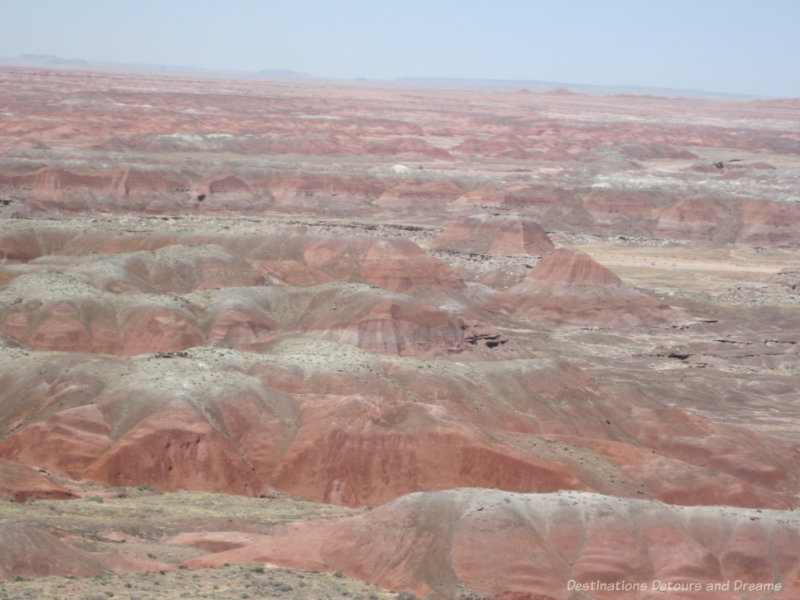
When sediments are deposited slowly, oxides of iron and (hematite) aluminum became concentrated in the soil and create red, orange, and pink colours. You’ll find these in the north end of the park.
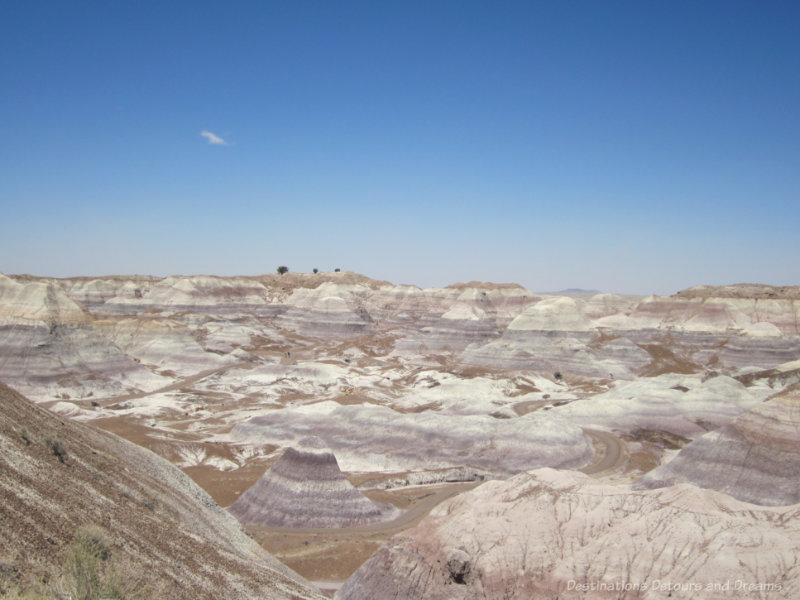
During rapid sediment building, as occurs during floods, oxygen is removed from the soil creating blue, gray, and lavender layers found in the southern part of the park.
Route 66 In Petrified Forest National Park
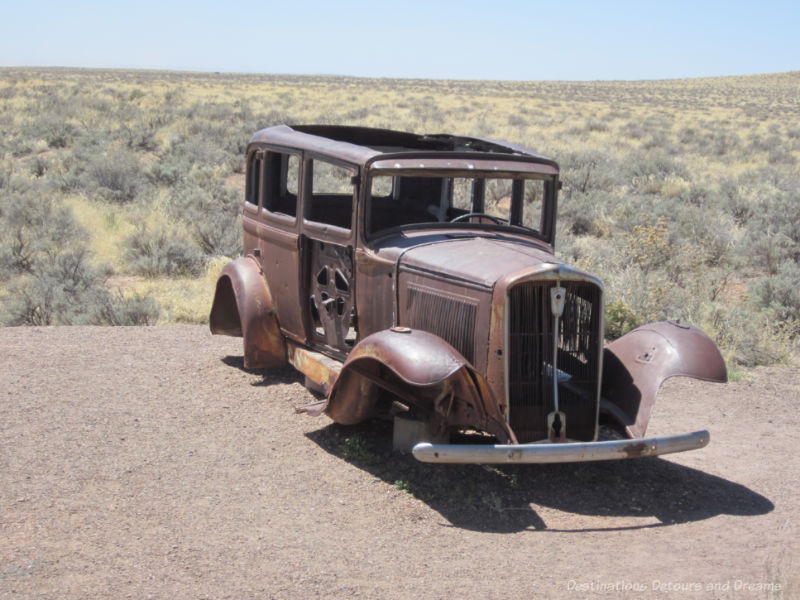
Route 66 used to run through this area. Traces of an old roadbed and weathered telephone poles mark its path. Petrified Forest National Park is the only park in the U.S. National Park System containing a section of Historic Route 66.
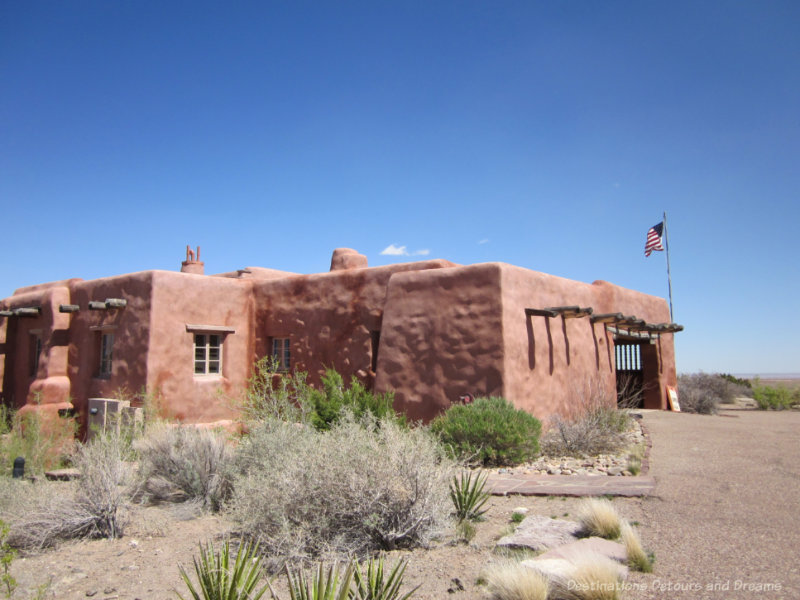
The Painted Desert Inn supplied Route 66 travellers with meals, souvenirs, and lodging. The original building from the 1920s was made of petrified wood. It was renovated in the Pueblo Revival Style in the 1930s and reopened in 1940. It closed in 1942 and reopened in the late 1940s under the renowned Harvey Company. Structural issues resulted in it closing for good in the 1960s.
Today, this national historic site, which has had work done to deal with some of the structural problems, functions as a museum. Displays inside showcase the building’s history, Route 66, and the Civilian Conservation Corps, which was a work relief program that gave millions of young, unemployed men employment on environmental projects during the Great Depression. The CCC did the work on the 1930s renovation of the inn. There are also restored murals by Hopi artist Fred Kabotie, who was hired during the time the inn was run by the Harveys to paint murals on the dining room and lunchroom walls.
What To Do In Petrified Forest National Park
Our visit to the park was a relatively brief stop on the first day of what would be a several-day drive back home to Winnipeg, Manitoba from Mesa, Arizona, where we had spent the winter. We drove through the park to see the landscape and stopped a number of vista points along the way. That took us just under an hour and a half. There is, however, enough to do in the park to spend several more hours or a full day.
There are, of course, the displays inside the Painted Desert Inn. The Rainbow Museum, located near the south entrance houses a gift and book store, contains hands-on paleontological exhibits complete with skeletons of prehistoric animals, and continuously screens an 18-minute orientation film. That same film is continuously screened at the Painted Desert Visitor Centre located near the northern entrance. You’ll also find hands-on exhibits and a gift and book store at the Visitor Center.
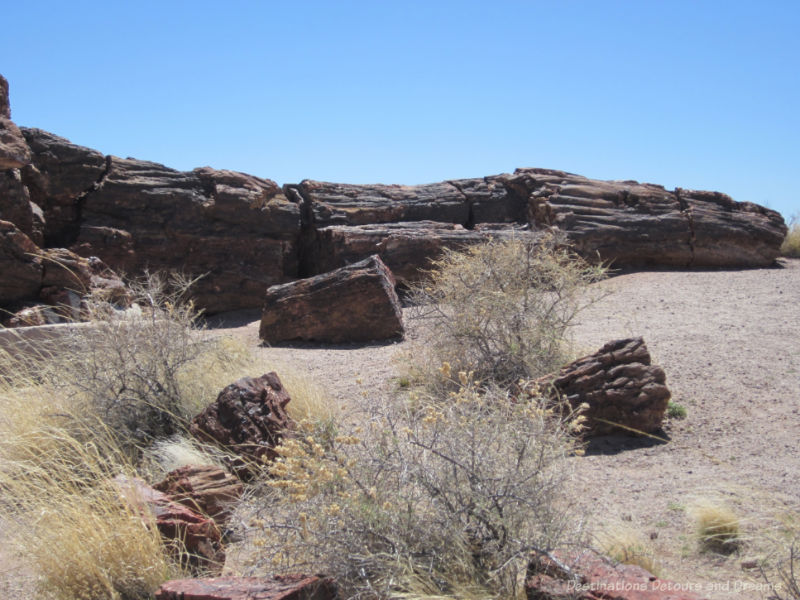
There are many trails in the park offering opportunity to see many species of plants and animals, to take in spectacular views, to see giant and long logs, or view the beautiful crystals in the petrified wood. One trail allows you to walk amidst the remains of a hundred room pueblo, occupied by the ancestral Puebloan people over 600 years ago. Petroglyphs can be found on that same trail. Another trail takes you to a smaller eight-room pueblo, the Agate House occupied 700 years ago. Most of the trails are paved.
For those who want to hike off the paved path, you’ll find stunning scenery along several routes. Information about the “off the beaten path hikes” is available at the visitor centers.
Cultural demonstrations, in which local artisans share the cultural and historical connections to the region, occur throughout the year at the Painted Desert Inn.
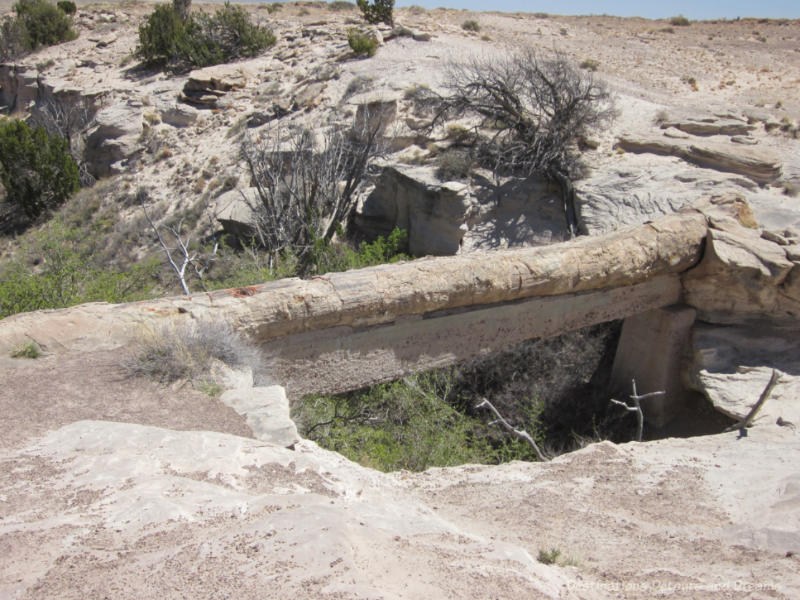
Centuries of flood waters washed the gully beneath this 110 foot petrified log to form Agate Bridge
Visiting Petrified Forest National Park
There are two entrances to the park. The South Entrance is located on Highway 180 South 19 miles southeast of Holbrook. The North Entrance is located at exit 311 of Interstate 40.
Check current weather conditions before visiting the park so you can be prepared with appropriate clothing, etc. It was extremely windy the day we visited. This is apparently common. Northeastern Arizona often experiences high winds. Elevations in the park average 5,800 feet. This means that the sun’s rays may be strong – use sunscreen.
Temperatures vary greatly from extreme heat to bitter cold and they can change rapidly. Summer may bring monsoons. Snow can occur in winter. It was cool on our mid-April visit. If we had done any hiking, warm clothing and windbreakers would have been called for.
Visitor information and public restrooms are available at the Painted Desert Visitor Center, Painted Desert Inn, and Rainbow Museum. Backcountry permits can be obtained at the Painted Desert Visitor Center and the Rainbow Museum. There are also picnic pavilions are these two facilities.
Visit the park website for hours and current conditions.
Never miss a story. Sign up for Destinations Detours and Dreams free monthly e-newsletter and receive behind-the-scenes information and sneak peeks ahead.
PIN IT
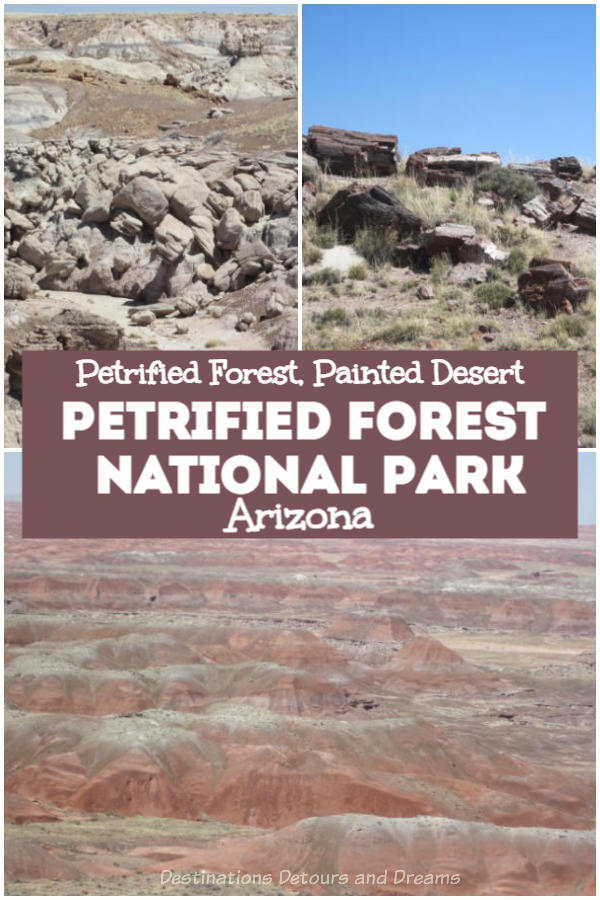

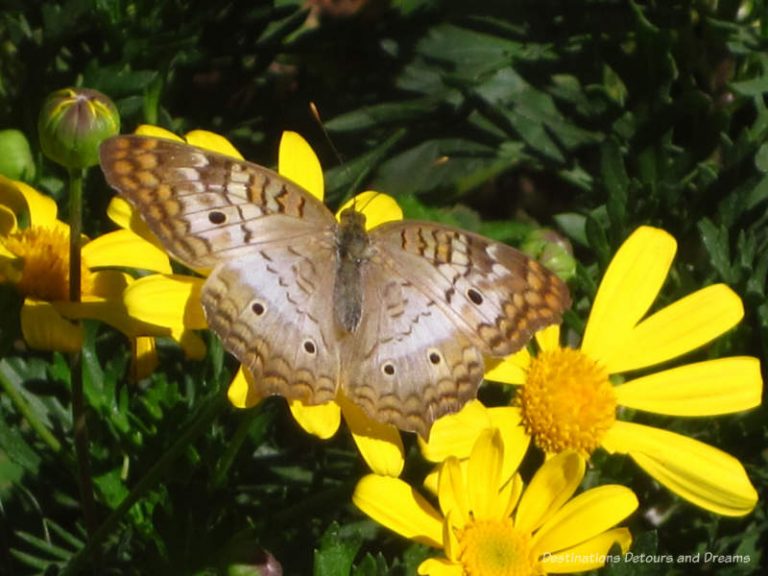
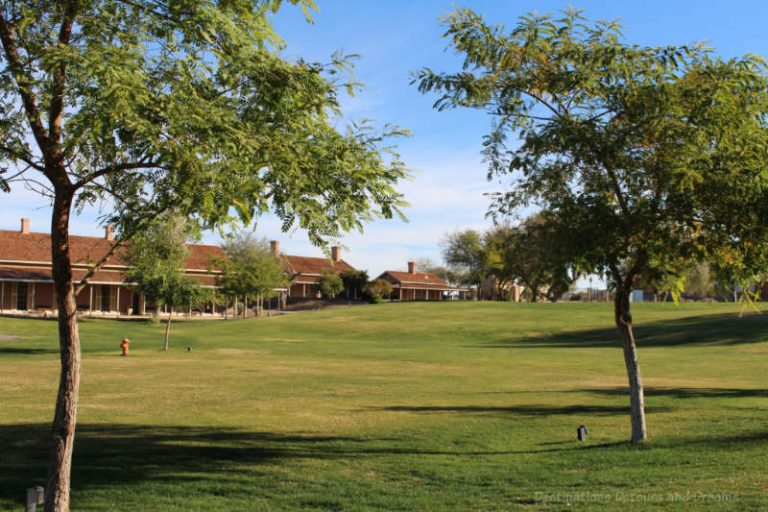
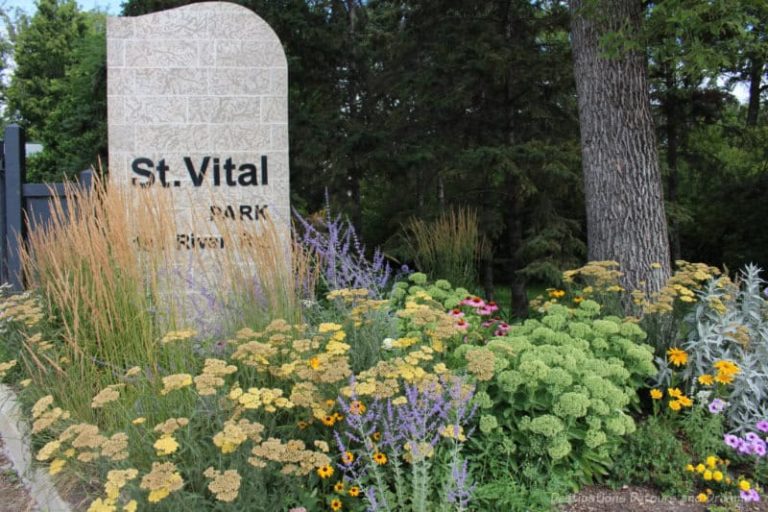
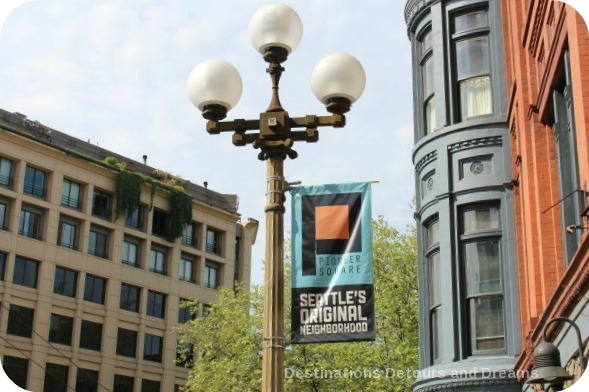
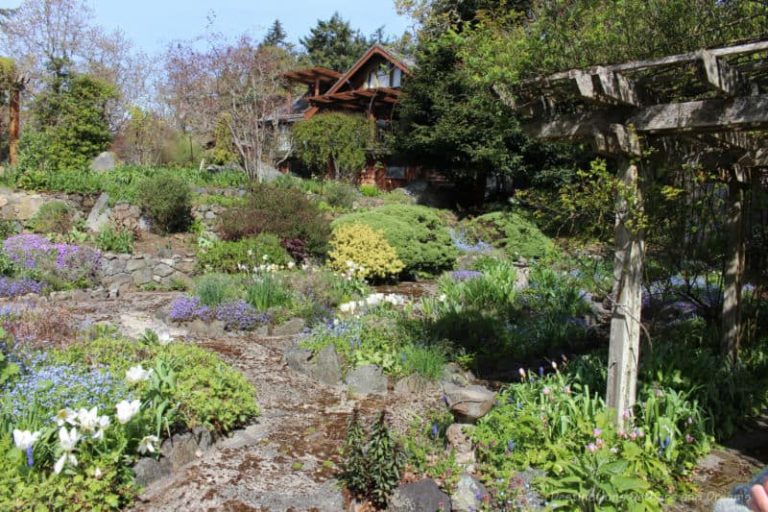
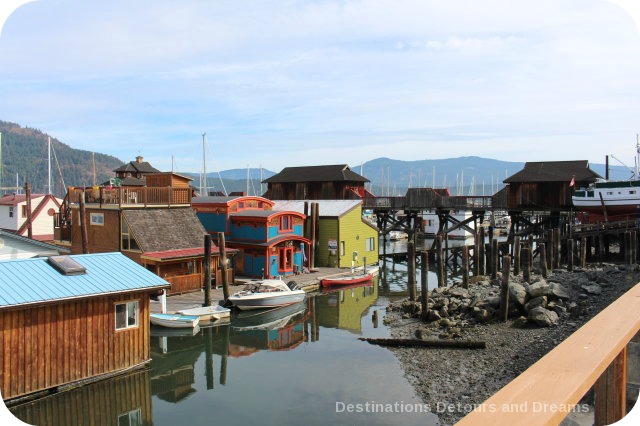
Love that old car! Looks like a fun trip. We could use some of that sunny weather on the East Coast today!
Donna, I’ve been here before and love it….so wild west. Love your pics!
I loved the name … sounds like a place c
From harry potter movie 🙂 informative post. Thanks for sharing.
It’s been ages since we visited this place! I’m so glad you reminded me of it. I’d love to go back someday…
Anda, I’d love to go back too.